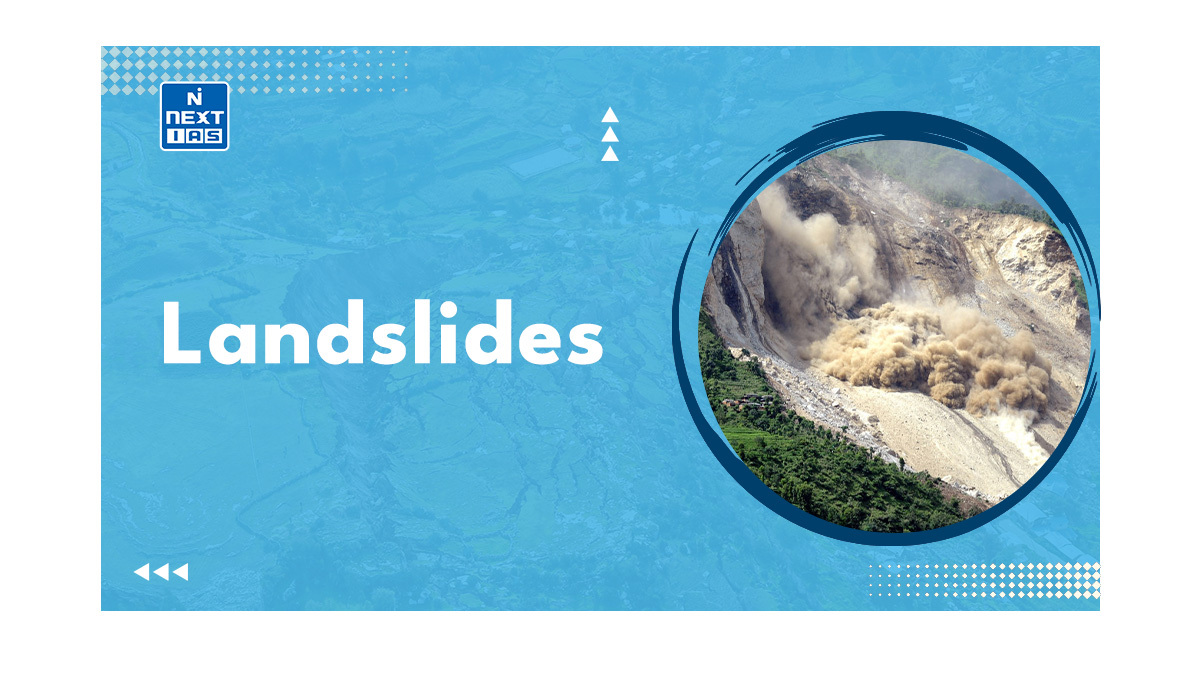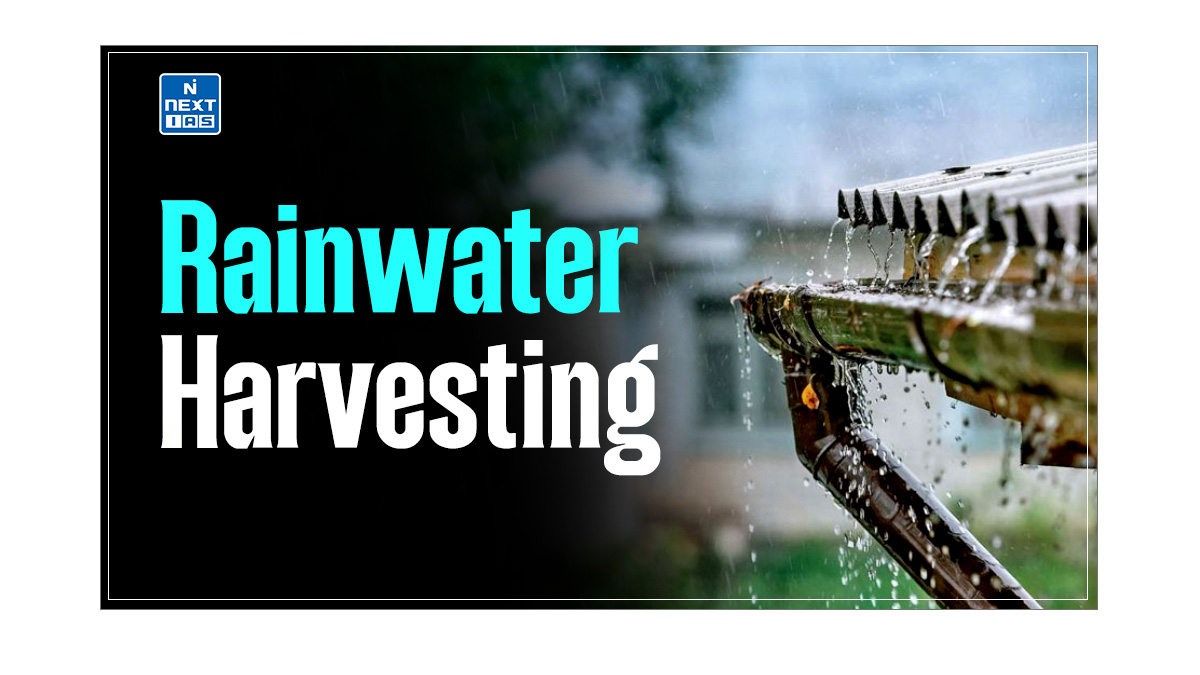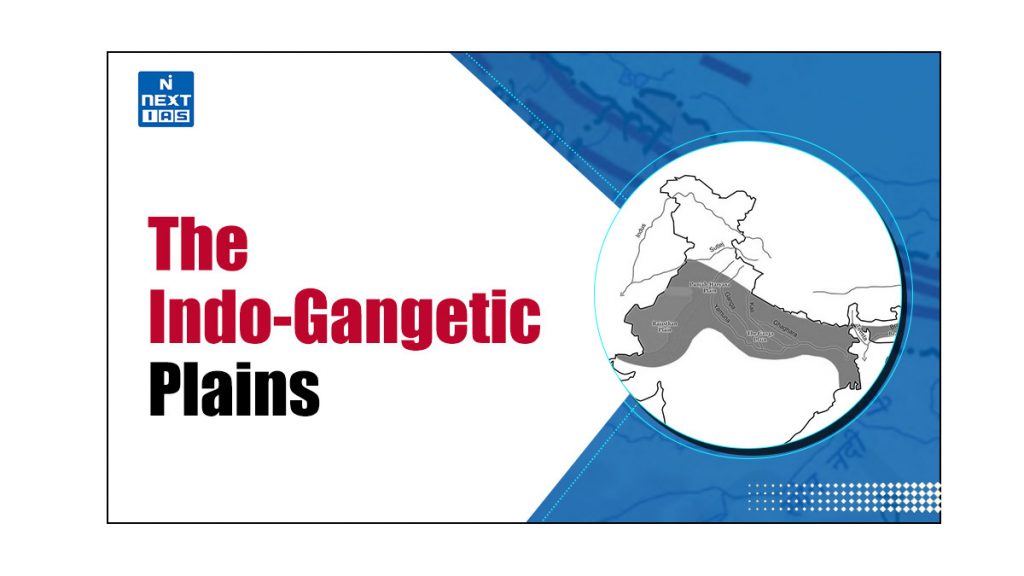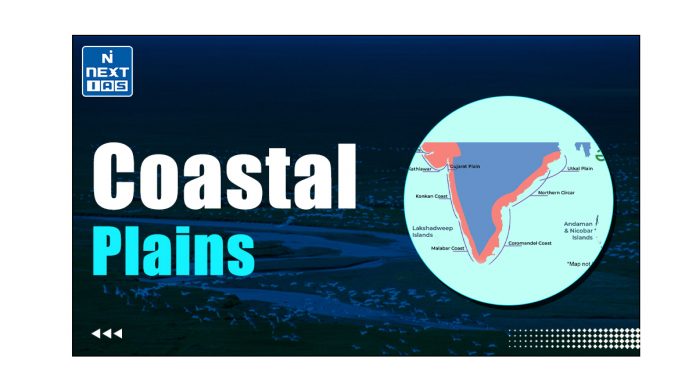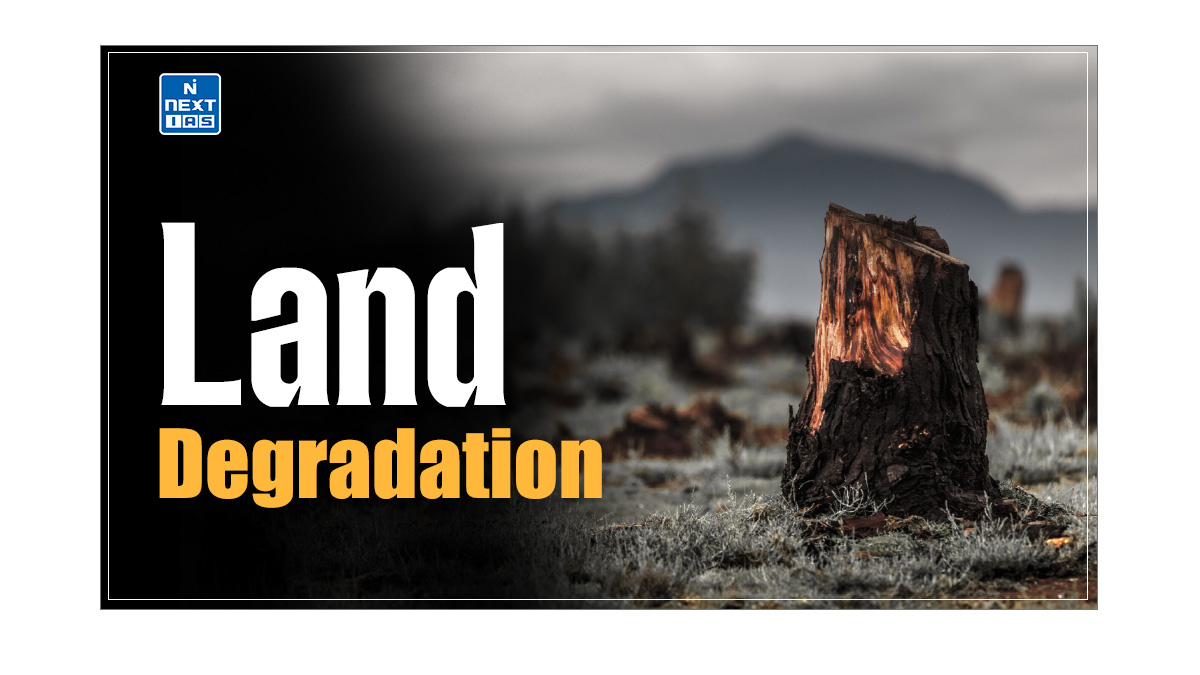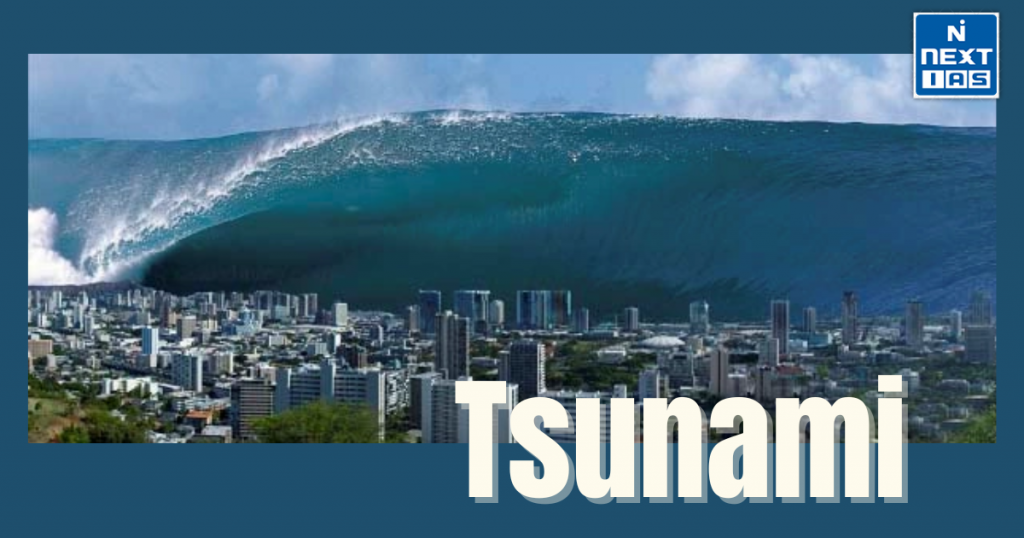
Tsunamis consist of huge ocean waves formed because of disturbances underwater, such as earthquakes, volcanic eruptions, or landslides. Travelling at high speeds across vast distances, these waves grow in height as they approach shorelines, unleashing huge destruction, inundation, and loss of human life. They are natural, forceful, and unpredictable occurrences.
About The Tsunami
- A tsunami signifies a natural calamity where a sequence of large ocean waves are generated, ordinarily having been occasioned by some submarine disturbance such as an earthquake, volcanic eruption, or landslide.
- These disturbances displace a huge quantity of water, disallowing waves to travel at speeds of more than 800 kilometers per hour in the open ocean.
- In the deep ocean, the tsunami waves usually go unnoticed due to their very low wave heights; they get HUGE somewhere along the coastline and hit to cause devastation.
- Inundation from tsunamis, wiping away infrastructure, and taking a good number of lives constitute the men’s unforeseen fury.
- Coastal communities are quite disproportionately affected, requiring preparedness at short notice and sometimes evacuation.
- The impact of a tsunami is evident from historic tsunamis such as the Indian Ocean tsunami of 2004, highlighting the imperative of implementing and strengthening an early warning system with disaster-related education for all.
- While tsunamis cannot be prevented, knowing about their characteristics will help reduce the damage they cause.
Characteristics of a Tsunami
- Cause and Origin:
- An underwater earthquake, volcanism, landslide, or meteorite impact in the ocean can move huge volumes of water and cause tsunamis.
- High Speed:
- The speed of tsunami waves in the deep sea is more than 800 kilometers per hour (500 miles per hour), almost like one of the fastest jet planes.
- Long Wavelength:
- One special characteristic of tsunami waves is that they have very long wavelengths. They can vary from about 100 kilometers to 500 kilometers, whereas normal ocean waves measure very few meters of wavelength.
- Low Wave Height in Deep Water:
- In the open ocean, tsunamis generally remain unnoticed with wave heights less than one meter.
- Wave Amplification Near Shore:
- When the tsunami waves enter these territories of shallow waters near coasts, their velocity is decreased, yet their wave height increases, sometimes even more than 30 meters (100 feet).
- Multiple Waves:
- Most of the time, a tsunami will consist of a series of waves with the first wave not always being the largest or the most destructive.
- Variable Timing:
- Time lag between successive waves may be from just a few minutes to many hours-a factor that adds to the unpredictability.
- Global Reach:
- Across entire ocean basins, tsunamis travel and affect coasts that are away from the original disturbance.
- Immense Destructive Power:
- The combined energy of tsunami waves can cause widespread devastation, flooding, and erosion upon landfall.
- Warning Signs:
- Receding ocean water, unusual sounds, and ground shaking near coastlines are natural warning signs of an impending tsunami.
Causes of Tsunamis
- Underwater Earthquakes:
- The most common cause for tsunami is underwater earthquake occuring at tectonic plate boundaries. With the plates shifting suddenly, huge amounts of water are displaced and tsunami waves begin.
- Volcanic Eruptions:
- Explosive volcanoes, especially those arising underwater or near shorelines, can cause the displacement of water and consequently tsunamis. Examples include eruptions that cause the collapse of volcanic islands.
- Landslides:
- Huge landslides under the sea or along the coast, often triggered by earthquakes, can displace large quantities of water and cause tsunamis.
- Glacial Calving:
- Giant blocks of ice breaking off into the ocean from glaciers produce waves that have the characteristics of tsunamis, mainly in the fair regions.
- Meteorite Impacts:
- Though extremely rare, a big meteorite crashing into an ocean can give rise to tsunamis of huge proportions by pretty much displacing water upon impact.
- Submarine Explosions:
- Explosions or tests occurring in the ocean have been known on occasion to produce minor tsunamis, but usually the effects are slight.
Each of these events involves a sudden displacement of water, which creates waves that travel outward in all directions, potentially leading to widespread destruction upon reaching coastlines.
Impacts of a Tsunami
- Human Casualties:
- Tsunamis cause extreme calamities; thousands die in the affected areas due to a sudden and colossal rise of the sea.
- Destruction of Infrastructure:
- Coastal regions witness considerable tearing to homes and buildings and to roads and bridges, so much so that it may take many years to rebuild the damaged infrastructure.
- Economic Issues: Property damage and loss of life, along with disruption in business and tourism, pose enormous economic problems to the affected communities and nations.
- Environmental Damage:
- Tsunamis bring about severe erosion, contamination of fresh water supplies, destruction of coral reefs, and the loss of coastal ecosystems, including mangroves and wetlands.
- Floods:
- Seawater inundation causes severe flooding throughout the vicinity, contaminating drinking water and agricultural land, making them unsuitable for cultivation.
- Health Issues:
- Usually, tsunamis lead to health-related issues such as waterborne diseases, injuries, and psychological trauma to the victims.
- Displacement of the Population:
- Whole communities may be displaced, giving rise to problems against resettlement and rehabilitation for a long time.
- Disruption of Services:
- Basic services such as power, water, communication, and transportation are often severely affected, hampering rescue and recovery efforts.
- Cultural and Historical Loss:
- Tsunamis can destroy cultural landmarks, historical sites, and artifacts, leading to a loss of heritage and identity for affected communities.
- Global Ripple Effects:
- Major tsunamis can disrupt global trade and supply chains, especially if they affect key ports or manufacturing hubs.
The impacts of tsunamis highlight the importance of disaster preparedness, early warning systems, and resilient infrastructure to mitigate their effects.
Areas of the World Impacted by Tsunamis
Tsunamis predominantly affect coastal regions around the Pacific, Indian, and Atlantic Oceans. Below are the most impacted areas:
Pacific Ocean
- Called the “Ring of Fire,” the Pacific Ocean is an ocean beset with tsunami problems owing to its tectonic activity.
- Japan: One of most tsunami-prone countries, most notably the 2011 Tōhoku tsunami.
- Indonesia: Tsunami hotspot, mainly because of the 2004 Indian Ocean tsunami.
- Chile and Peru: South American Pacific coasts are vulnerable to the sudden onslaught of seismic tsunamis.
- United States West Coast and Alaska: Submarine earthquakes threaten the coastlines of those states of California and areas in Alaska.
Indian Ocean
- India, Sri Lanka, and the Maldives: The 2004 Indian Ocean tsunami struck them badly.
- Indonesia and Thailand: They remain regular tsunami grounds due to tectonic activities in the Sunda Arc.
- Myanmar and Bangladesh: The low-lying areas could be flooded by tsunami waves.
Atlantic Ocean
- Caribbean Nations: Islands like Haiti and the Dominican Republic are at risk of underwater earthquakes and volcanic eruptions-generated tsunamis.
- United States East Coast: Occasional impact from submarine landslide-generated tsunamis.
Mediterranean Sea
- Greece, Italy, and Turkey: Countries with histories of tsunamis due to tectonic activity in the Mediterranean basin.
Arctic and Southern Oceans
- Coastal areas in Greenland and Antarctica may face localized tsunamis from glacial calving or underwater landslides.
Global vulnerability to tsunamis emphasizes the need for early warning systems and disaster preparedness across high-risk regions.
Tsunami Warning Systems of the World
Tsunami warning systems are vital for detecting and alerting populations to potential tsunami threats. These systems rely on seismic data, ocean monitoring, and communication networks to provide timely warnings. Key tsunami warning systems around the world include:
Pacific Tsunami Warning System (PTWS)
- Region Covered: Pacific Ocean, including North and South America, Asia, and Oceania.
- Managed By: Intergovernmental Oceanographic Commission (IOC) of UNESCO.
- Features: A network of seismic stations and DART (Deep-ocean Assessment and Reporting of Tsunamis) buoys to monitor underwater disturbances.
Indian Ocean Tsunami Warning and Mitigation System (IOTWMS)
- Region Covered: Indian Ocean countries such as India, Indonesia, Sri Lanka, and Thailand.
- Established After: The 2004 Indian Ocean tsunami.
- Features: Regional centers in India, Indonesia, and Australia providing alerts.
Japan Meteorological Agency (JMA)
- Region Covered: Japan and nearby coastal areas.
- Features: Highly advanced system that issues warnings within minutes of detecting seismic activity.
U.S. Tsunami Warning Centers
- Centers:
- National Tsunami Warning Center (NTWC) in Alaska.
- Pacific Tsunami Warning Center (PTWC) in Hawaii.
- Region Covered: U.S. coastlines and territories in the Pacific and Caribbean.
North East Atlantic and Mediterranean Tsunami Warning System (NEAMTWS)
- Region Covered: Europe, North Africa, and the Mediterranean.
- Managed By: IOC of UNESCO.
South China Sea Tsunami Advisory Center (SCSTAC)
- Region Covered: South China Sea and neighboring countries.
- Features: Monitors seismic activity and issues alerts.
Regional Warning Systems
- Caribbean Early Warning System: Focused on the Caribbean islands.
- Australia Tsunami Warning System (ATWS): Provides tsunami alerts for the Australian coastline.
Components of Tsunami Warning Systems
- Seismic Monitoring: Detects underwater earthquakes.
- DART Buoys: Measure changes in ocean water pressure.
- Tide Gauges: Monitor sea level changes.
- Communication Networks: Disseminate warnings to governments, media, and the public.
- Public Awareness Programs: Educate communities about natural tsunami signs and evacuation protocols.
The effectiveness of these systems depends on regional collaboration, technology, and community preparedness.
Way Forward
Global partnership in advanced early warning systems, public education, and preparedness are necessary to enhance tsunamis’ resilience. Making the coastal infrastructure resilient to tsunamis, restoring natural barriers like mangroves, and putting in place evacuation plans are ways to reduce hazards associated with tsunamis. With further research and awareness creation featuring international collaboration, communities can be better prepared for timely response and post-tsunami recovery.
Conclusion
Tsunamis are forces of nature capable of laying ruin to lives, infrastructures and ecosystems. They can never be prevented, but improvements in early warning systems, disaster preparedness, and public awareness must be sufficiently employed to mitigate losses. Understanding their causes and features is key in the development of resilience among coastal communities all around the world.
GS - 3